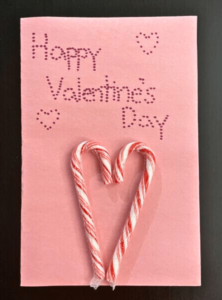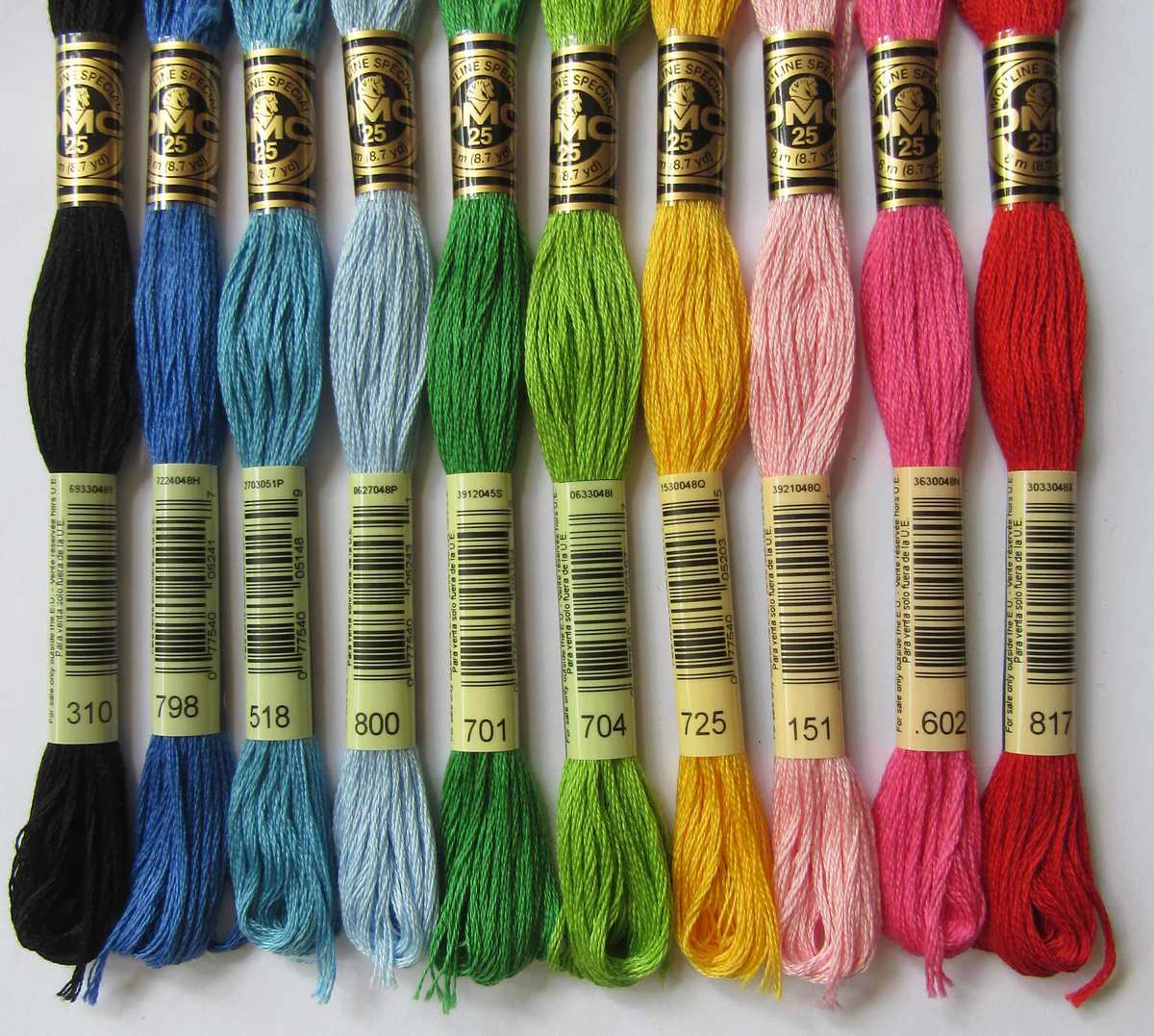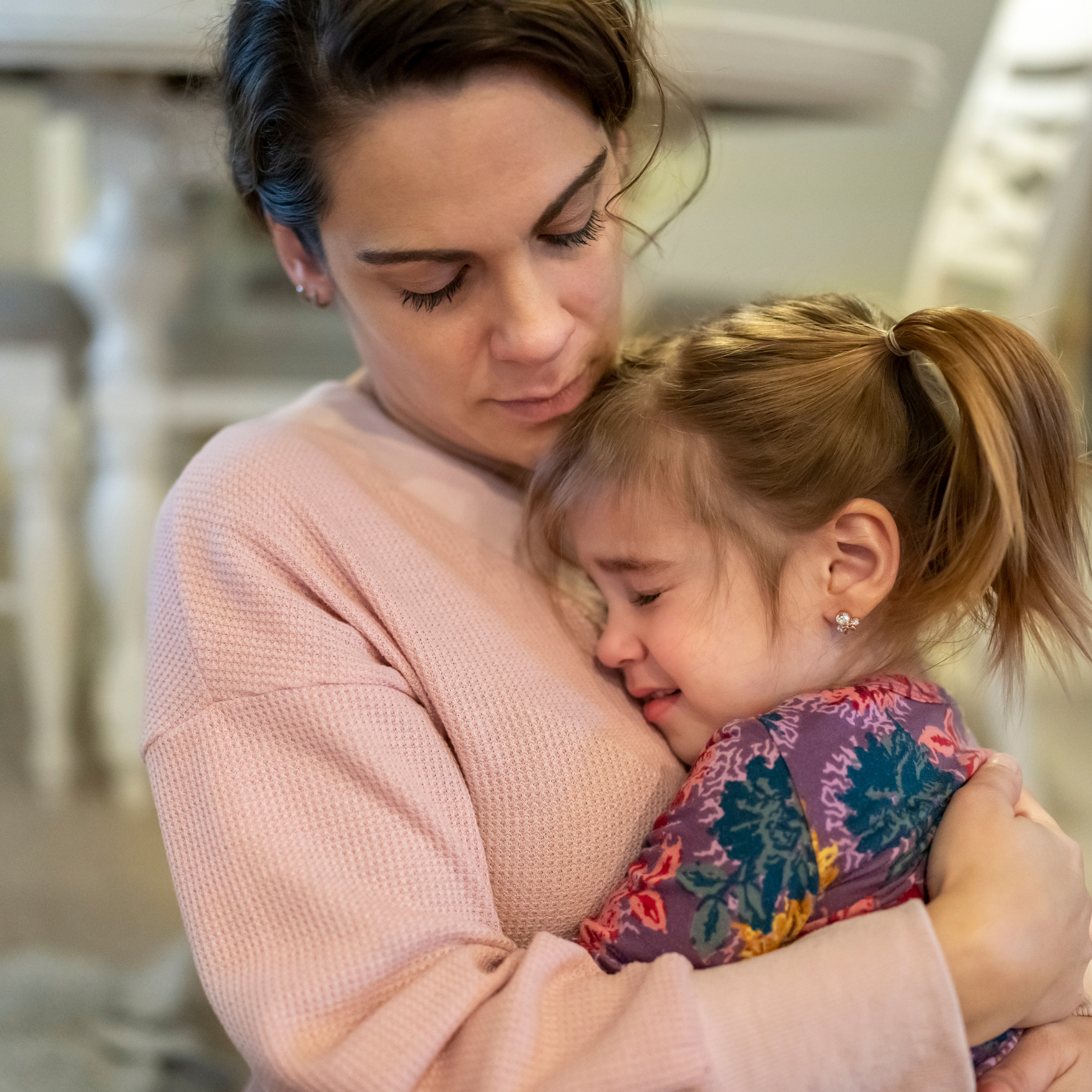Now that the holidays are behind us and the decorations are packed away, your home may feel a bit empty. Why not bring in some love and creativity with Valentine’s Day crafts for kids that the whole family can enjoy?
These hands-on activities aren’t just fun—they’re a great way to build important skills like fine motor coordination, sorting, listening, and communication. You can easily adapt each craft to be more or less challenging, depending on your child’s age and ability level. Let’s dive in!
🩷 Heart Sorting 🩷
This versatile activity helps teach sorting, size concepts, and auditory comprehension—all while strengthening fine motor skills.
 Materials Needed:
Materials Needed:
- Paper (colored or plain)
- Scissors
- Crayons or markers
- Two bins or containers (optional)
Instructions:
- Start by giving your child a piece of paper and show them how to fold it in half.
- Help them draw half of a heart along the folded edge.
- Assist your child in cutting out the heart. If curved lines are tricky, offer help to avoid frustration and keep it fun.
- Unfold to reveal a full heart—then repeat to make multiple hearts in different sizes.
- Let your child decorate each heart however they like with crayons or markers.
- For sorting, use two bins (or create two piles) to separate the hearts by size: one for big hearts, one for small. Use visual examples first to help them get the idea.
- Add in language and comprehension practice with prompts like:
-
-
- “Show me a small red heart.”
- “Give me the large striped heart.”
- “Which heart is bigger?”
- “Put the red heart in the bin, THEN put the polka-dot heart in.”
-

Pro Tip: Try making hearts from other materials like play dough, clay, or pipe cleaners for even more sensory fun! To learn how to make floam, click here!
♥️ Candy Cane Cards ♥️
This craft is a sweet way to reuse leftover holiday candy canes while practicing handwriting and pincer grasp (thumb and index finger coordination).
Materials Needed:
- Paper (colored or plain)
- Two candy canes
- Pencil
- Markers or crayons
- Glue or tape
Instructions:
- Fold a piece of paper in half vertically to create a card.
- Help your child write a message like “Happy Valentine’s Day” on the front. Provide visual cues if needed (e.g., light tracing or dotted letters).
- Use the candy canes to form a heart and attach them to the card with glue or tape.
- Decorate the inside of the card with drawings or more writing to continue building fine motor skills.
💙 Functional Skills These Crafts Teach 💙
These Valentine’s Day crafts for kids are more than just fun—they help develop a wide range of important developmental and learning skills:
Attending & Listening
- Encourage your child to repeat instructions back to you.
- Give multi-step directions to improve comprehension.
Eye Contact & Engagement
-
Call their name, wait for eye contact, and provide praise or materials to reinforce attention.
Fine Motor Development
- Use pencils, markers, crayons, and scissors with a focus on proper grip (pincer grasp).
- Practice cutting curves and shapes to improve hand-eye coordination.
Following Multi-Step Directions
- Examples:
- “Put the red heart in the bin, THEN the striped heart.”
- “Sort a large heart, THEN a small heart.”
Expressive & Receptive Language
- Expressive: Ask your child to describe what they see (colors, patterns, size).
- “What color is this heart?”
- Receptive: Ask your child to follow directions with visual cues.
- “Point to the striped heart.”
- “Show the heart that is NOT red.”
- “Give me the small heart with polka dots.”
Concepts of Size & Sorting
- Teach big vs. small using heart sizes.
- Encourage critical thinking by sorting hearts in order from smallest to largest.
Keep It Fun, Keep It Meaningful
The ultimate goal of these Valentine’s Day crafts for kids is to have fun while reinforcing valuable life skills. Whether you’re focusing on communication, motor coordination, or emotional engagement, each activity is a chance to learn and bond with your child.
Ready to Support Your Child’s Growth?
Our expert team is here to help your child reach their full potential through engaging, meaningful services tailored to your family’s needs.
Contact us today to find out which services are right for you!













